Purple Roller
Posted: Wed Mar 12, 2014 1:58 pm
449. Purple Roller Coracias naevius (Groottroupant)
Order: Coraciiformes. Family: Coraciidae
Description
33-38 cm. The largest roller of the region and the dullest of the rollers. ln spite of its attractive purple, blue and brown colours, this roller usually appears dark in the field.
Adult: Upper parts mainly dark olive green, with conspicuous white supercilium extending into white frons; small pale patch on hind crown. Rump bluish purple. Tail square, purple-blue, with dark greenish centre. Sides of head and chin to breast pale purple-brown, heavily streaked white. Lower flanks, belly and undertail coverts unstreaked and bluer than breast. Marginal upper wing coverts pale pink, lesser and median coverts bright lilac to dark purple, greater coverts vinaceous-brown; primary coverts and alula purple.
Juvenile similar to adult but duller with broader white streaks.
Distribution
Occurs across sub-Saharan Africa; in southern Africa it is widespread but uncommon in northern and central Namibia, Botswana, Zimbabwe, southern Mozambique and north-eastern South Africa.
Habitat
Dry, open woodland and savanna.
Diet
Mainly eats insects, supplemented with other small animals such as scorpions, small reptiles, mice and even young birds, doing most of its hunting by sitting and scanning the vegetation.
Breeding
Monogamous, territorial solitary nester. Courtship is elaborate, with pairs feeding one another and performing spectacular aerial displays. The nest is usually a cavity in a tree, at least 5 m above ground; it may also use a rock crevice or vertical pipe. It lays 2-4 white eggs in the period from May-June, peaking from October-April. The young are fed and incubated by both parents.
Call
In display flight repeatedly utters a harsh karaa-karaa while flying with an exaggerated, side-to-side, rocking motion. Listen to Bird Call.
Status
Fairly common resident, but uncommon in north-eastern South Africa.
Order: Coraciiformes. Family: Coraciidae
Description
33-38 cm. The largest roller of the region and the dullest of the rollers. ln spite of its attractive purple, blue and brown colours, this roller usually appears dark in the field.
Adult: Upper parts mainly dark olive green, with conspicuous white supercilium extending into white frons; small pale patch on hind crown. Rump bluish purple. Tail square, purple-blue, with dark greenish centre. Sides of head and chin to breast pale purple-brown, heavily streaked white. Lower flanks, belly and undertail coverts unstreaked and bluer than breast. Marginal upper wing coverts pale pink, lesser and median coverts bright lilac to dark purple, greater coverts vinaceous-brown; primary coverts and alula purple.
Juvenile similar to adult but duller with broader white streaks.
Distribution
Occurs across sub-Saharan Africa; in southern Africa it is widespread but uncommon in northern and central Namibia, Botswana, Zimbabwe, southern Mozambique and north-eastern South Africa.
Habitat
Dry, open woodland and savanna.
Diet
Mainly eats insects, supplemented with other small animals such as scorpions, small reptiles, mice and even young birds, doing most of its hunting by sitting and scanning the vegetation.
Breeding
Monogamous, territorial solitary nester. Courtship is elaborate, with pairs feeding one another and performing spectacular aerial displays. The nest is usually a cavity in a tree, at least 5 m above ground; it may also use a rock crevice or vertical pipe. It lays 2-4 white eggs in the period from May-June, peaking from October-April. The young are fed and incubated by both parents.
Call
In display flight repeatedly utters a harsh karaa-karaa while flying with an exaggerated, side-to-side, rocking motion. Listen to Bird Call.
Status
Fairly common resident, but uncommon in north-eastern South Africa.
 © Mel
© Mel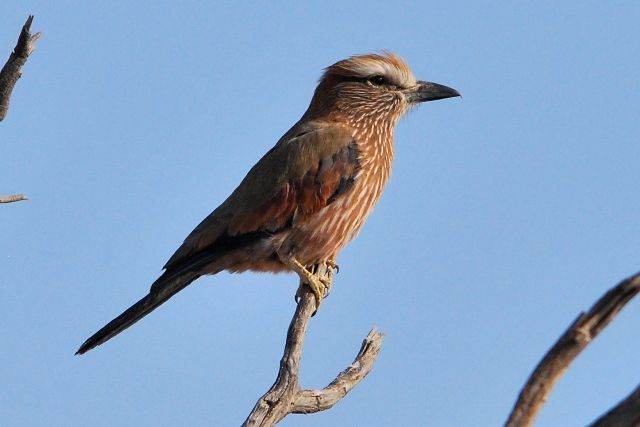 © Mel
© Mel © nan
© nan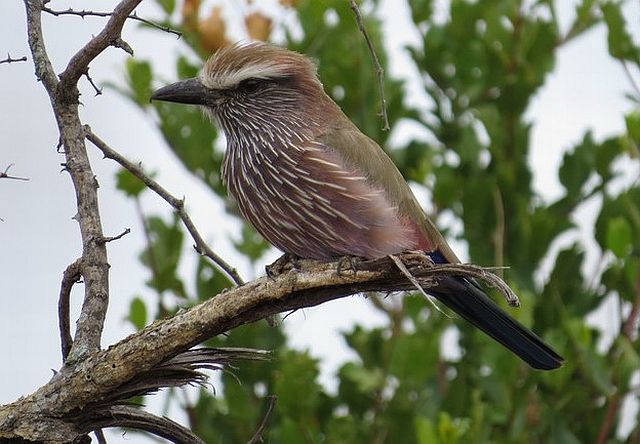 © The Cow
© The Cow © Flutterby
© Flutterby © Dewi
© Dewi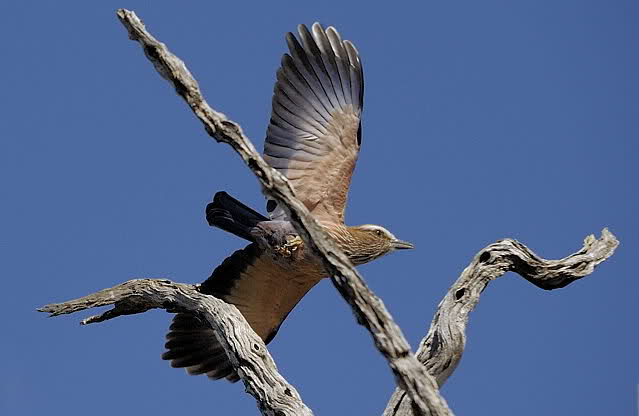 © Dewi
© Dewi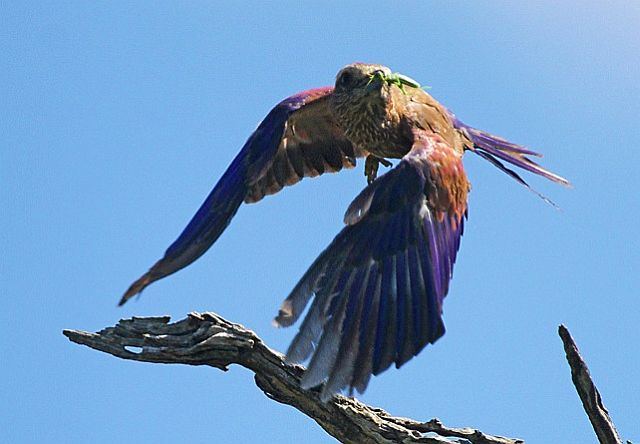 © leachy
© leachy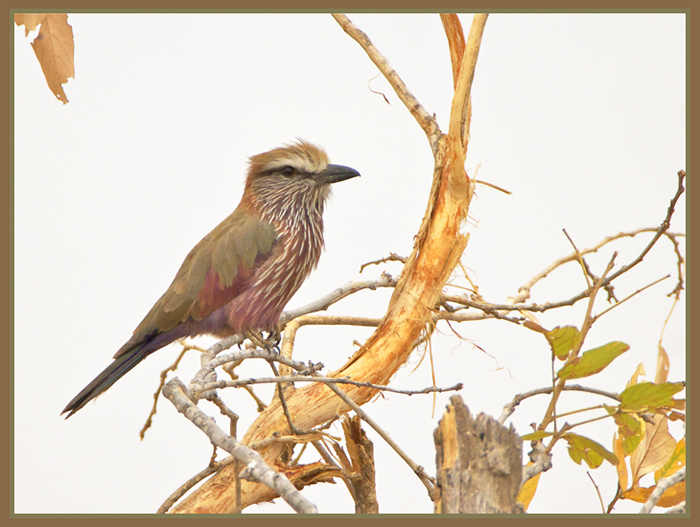 © ExFmem
© ExFmem © Toko
© Toko © Dewi
© Dewi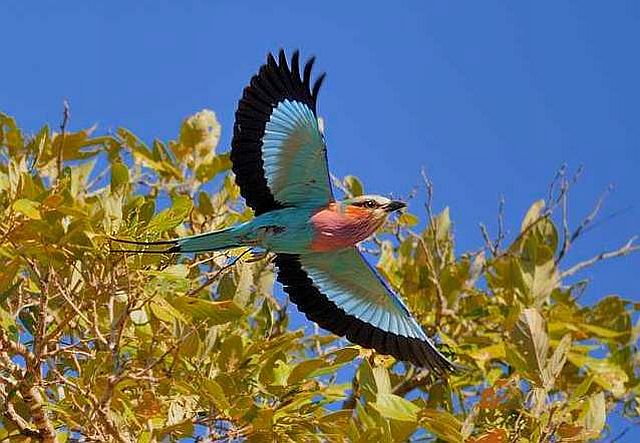 © Dewi
© Dewi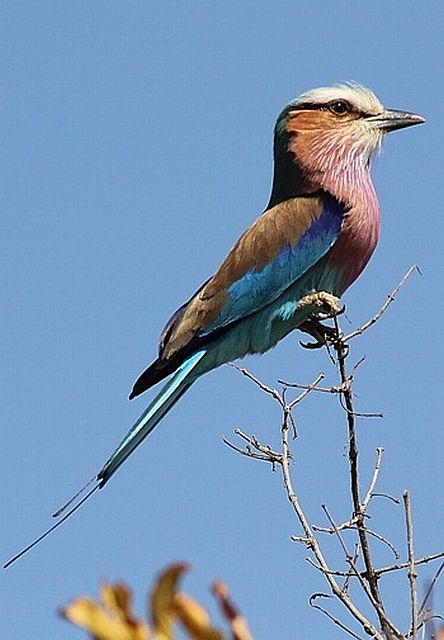 © Amoli
© Amoli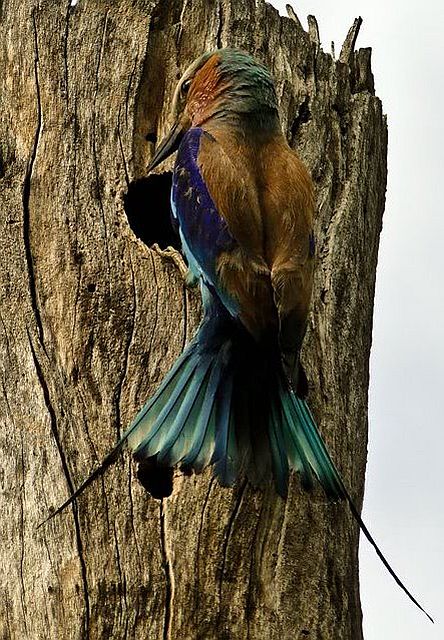 © JustN@ture
© JustN@ture © leachy
© leachy © leachy
© leachy © ExFmem
© ExFmem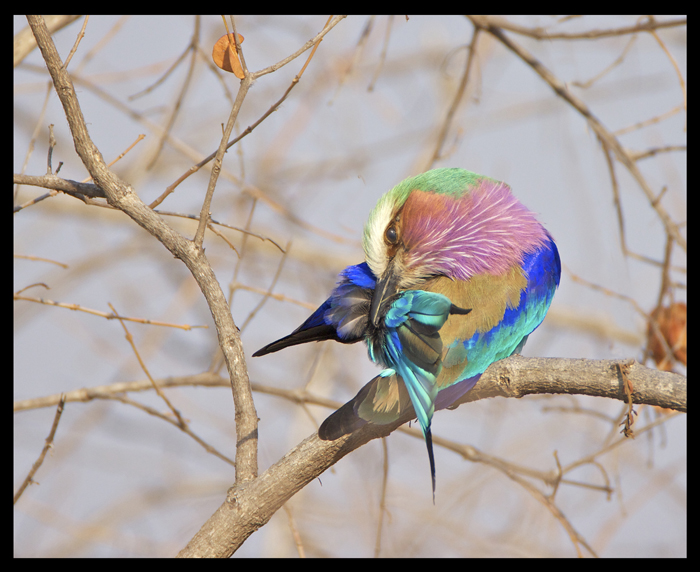 © ExFmem
© ExFmem


 © Bushcraft
© Bushcraft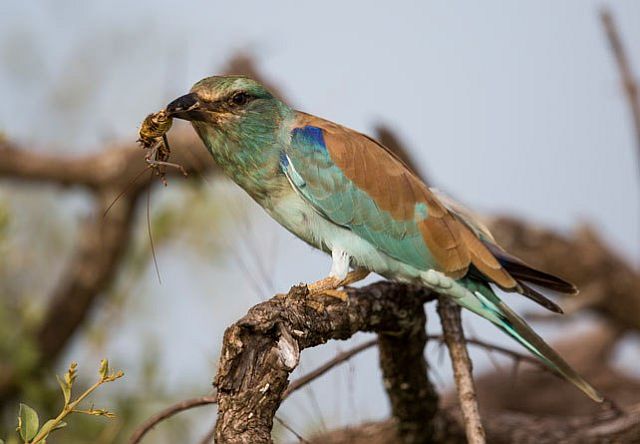 © Pumbaa
© Pumbaa © leachy
© leachy © leachy
© leachy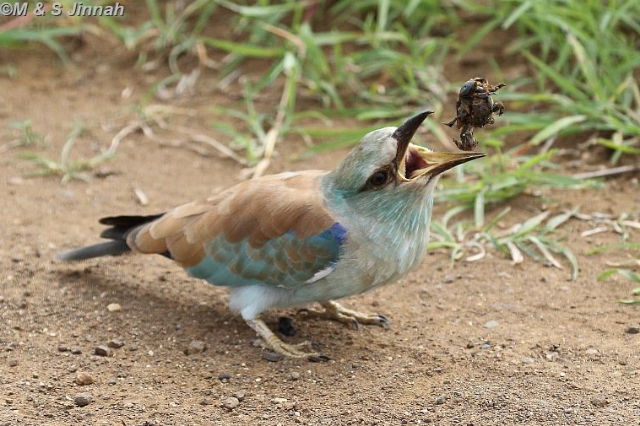 © Duke
© Duke
 © nan
© nan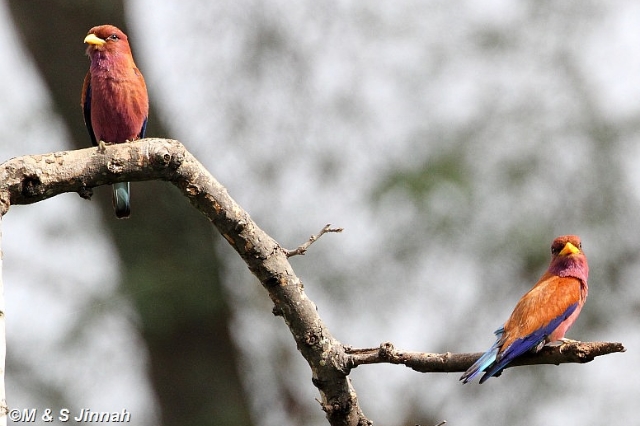 © Duke
© Duke © lowveldboy
© lowveldboy © lowveldboy
© lowveldboy © lowveldboy
© lowveldboy